OneShift's Most Anticipated Cars of 2022
It’s time for a shortlist we have been most eager to share. Some options might have already been on the hype train for years, while a couple might fall under the radar. Nevertheless, we’re certain that these cars will be assigned with our undivided attention when they arrive on local shores!


It’s time for a shortlist we have been most eager to share. Some options might have already been on the hype train for years, while a couple might fall under the radar. Nevertheless, we’re certain that these cars will be assigned with our undivided attention when they arrive on local shores!
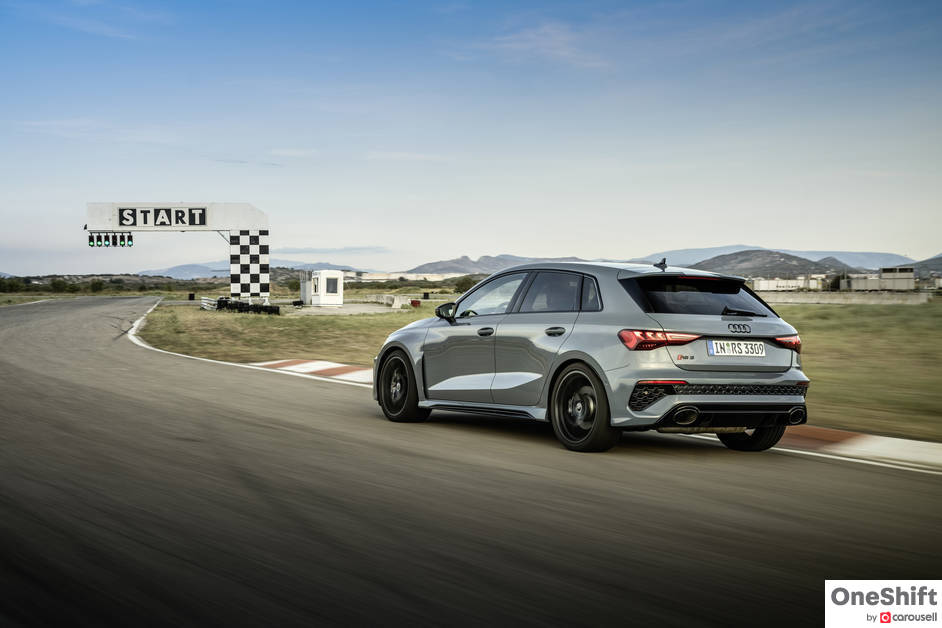
Special need not be new, which is why the 2022 RS 3 in Sportback guise stands out in a crowd increasingly leaning towards full electrification. A sub 4-second century dash will not make headlines in a field occupied by tap-and-sprint performance EVs, but it is the manner in which it gets up to speed that makes us very excited. A turbocharged 2.5-litre five-cylinder motor beneath the hood triggers one of the most intoxicating snarls on full pelt. Relish this moment of aural delight while we still can when it arrives in Q2 2022.
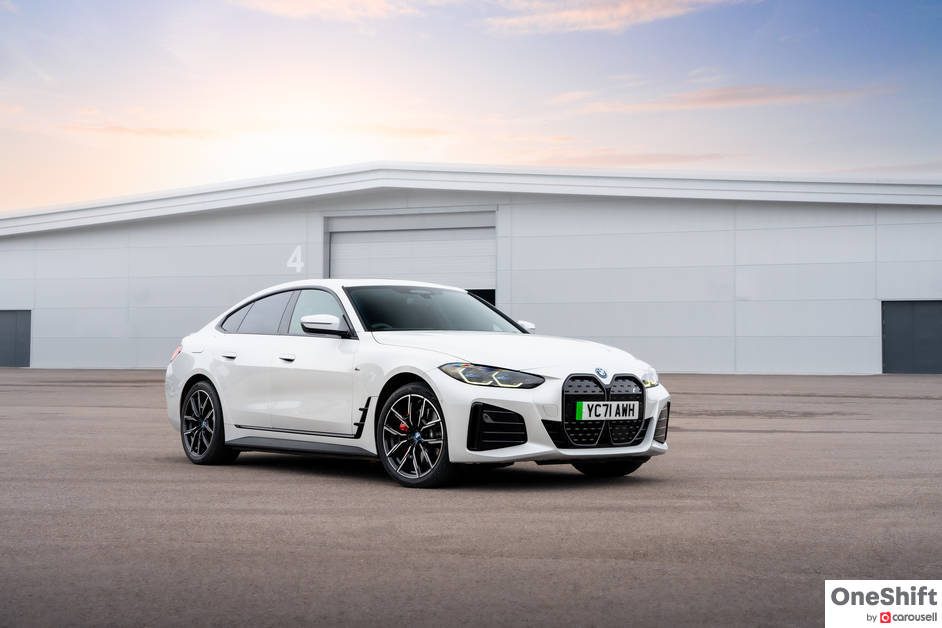
It seemed ages ago when BMW introduced the i3 hatchback in 2013. Fast forward nine years and we should now feel more at ease relying on an EV for daily commutes, which is why there’s no better time for BMW to introduce the fully-electric i4, a functional silhouette that is well, surprisingly, not a SUV. The BMW i4 is a proper sports saloon that is as practical as a five-door hatch - full credits to the Gran Coupe / liftback design. It reminds us of the beloved E90 3 Series do-it-all machine 15 years ago. We reckon it should have no issues clocking well over 450km per charge, too. Now that the i4 is armed for the electric age, we’re placing our bets on this being the next major seller for BMW.
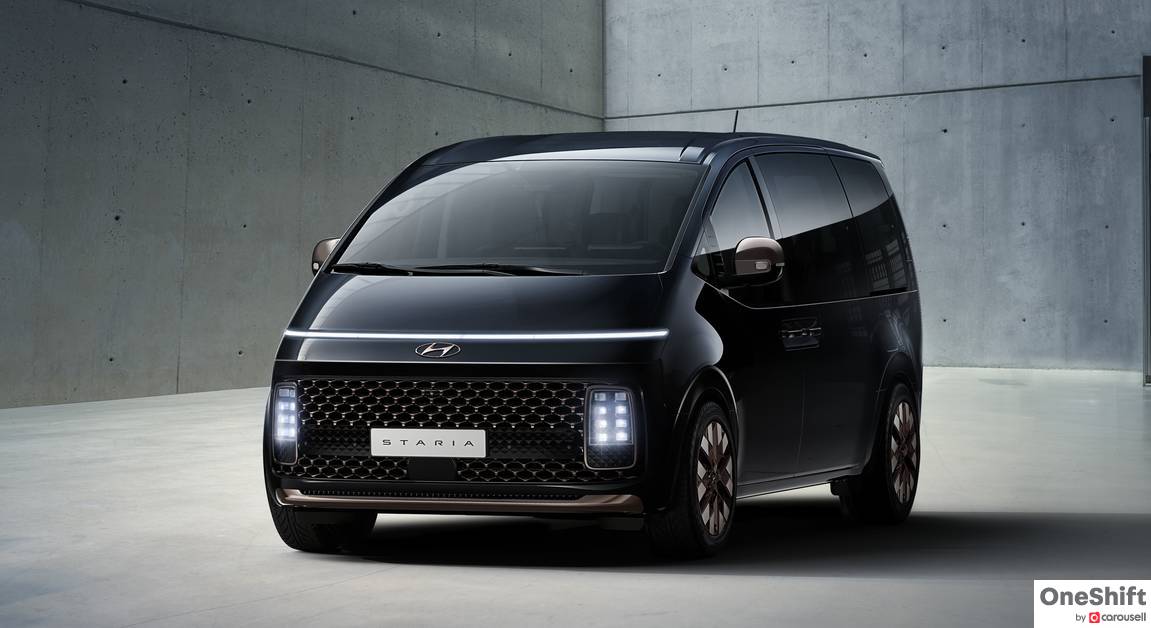
Not to be confused with the more conventional Hyundai Starex. The Staria looks like a spaceship engineered for tacmac-work, and one that RoboCop will feel right at home with the full-width front LED light strip that looks strikingly similar to the cyborg’s helmet visor. It takes up a large footprint dwarfing even the Alphard, but it should still be priced competitively next to its Japanese rival. And with a beltline low enough to accommodate enormous window panels, passengers should be in for a treat when grocery runs make way for sightseeing trips.
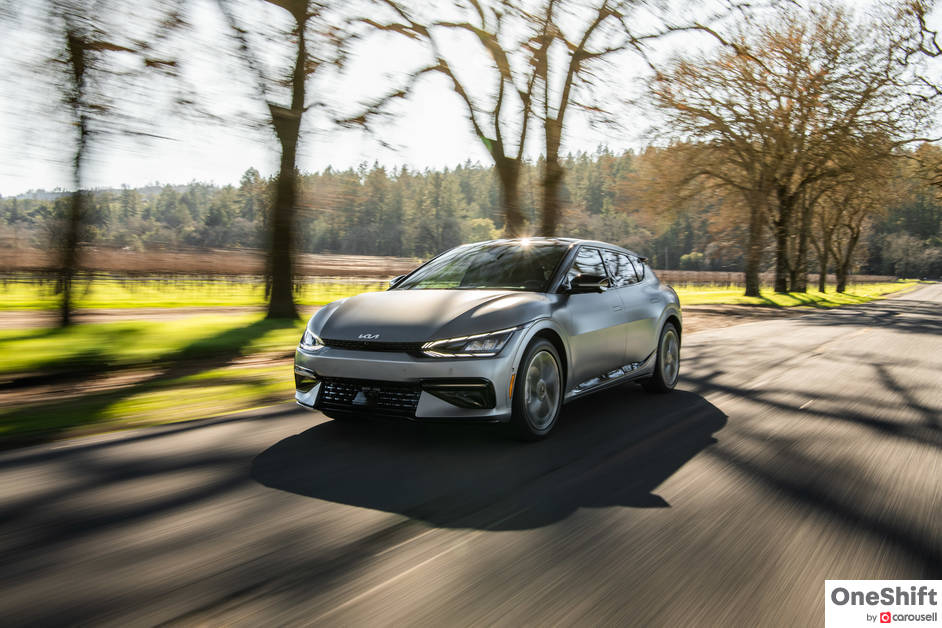
The EV6 shares the same platform as Hyundai’s Ioniq 5, but they could not look more different, which is good news for prospective EV customers. There should be two battery size options - a 58kWh unit capable of 400km under optimal driving conditions, and a 77.4kWh version that claims to cover an additional 80km. There are no less than six variants to choose from based on launches in the UK, ranging from 166kW to the range-topping 424kW AWD that pumps out a ridiculous 577bhp. A proper, no nonsense technological statement by the Korean manufacturer.

A selection we suspect might not be too well received by a handful, but that’s precisely why we can't wait to review it. The front wheel drive all-electric MX-30 goes against the grain, with a small 33.5kWh battery good for 160km per charge. Not very convincing figures at first glance, but it has a trick up its sleeve - it’s considerably lighter than rivals. Inadequate or a stroke of genius? We’d vote for the latter if Mazda can get the price point right. We are keeping our fingers crossed when it lands this September.
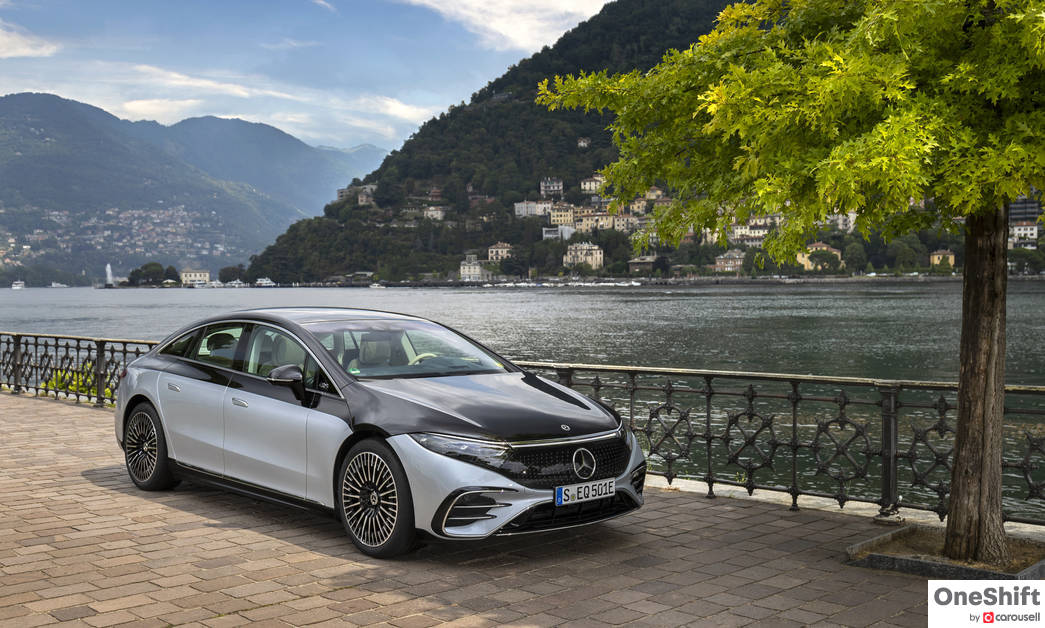
This is not an electric S-Class, but rather a flagship lux-limo built on an entirely new EV-centric platform that is sized like an S-Class. To engineer a colossal 107.8kWh battery even on a body measuring five metres long is no mean feat. Even more impressive when the final package looks sleek (literally) with a record-breaking drag coefficient of 0.20, gliding through air a fraction better than Tesla’s Model S. We’re hoping that the single-pane 55-inch “Hyperscreen” will come as standard. Even if it doesn’t, occupants (excluding the driver we hope!) can doze off in a cabin surrounded by self-closing doors, isolated with noise-canceling trickery.
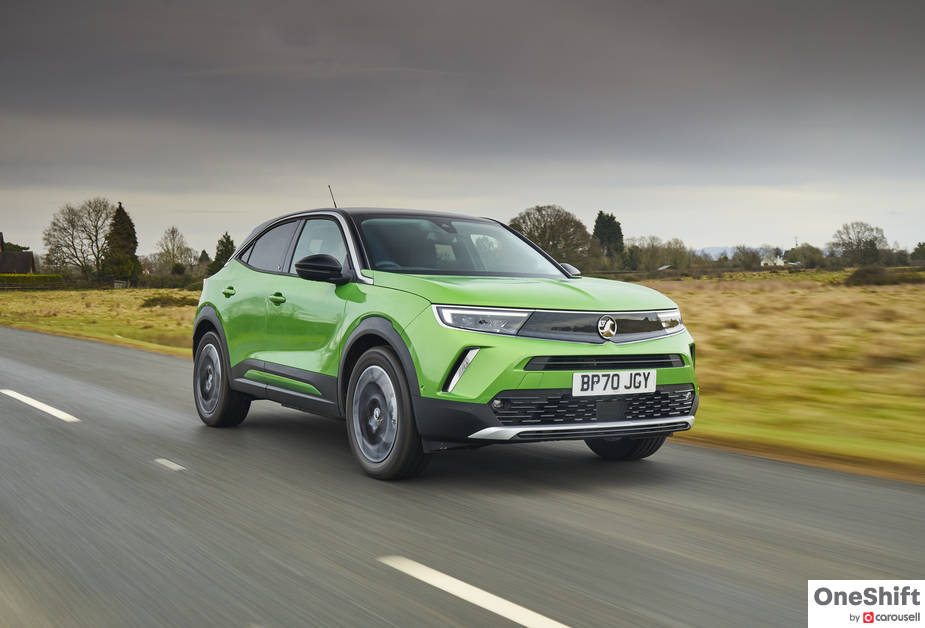
A quirky option due to Opel’s less-than-prominent presence in Singapore, but this could turn out to be a sensible choice if you are in the hunt for an EV. The Mokka-e shares its platform with the electrified Citroen DS 3 Crossback and Peugeot e-2008, so it’ll be considered as a compact SUV sprinkled with a tinge of French flair. It should be packing a 50kWh battery, powered by a 134bhp motor. 320km of range (claimed) will not make headlines, but we’re certainly drawn to its very sharp looks. This could be the car that Opel needs to spark the brand’s revival, at least in the local market. Due to arrive in the third quarter.

When it comes to Pagani, we can almost certainly infer that whatever they build will turn to gold, literally, as their fleet only involves proper, rare hypercars that habitually retains their value over time. Rumours (courtesy of Autocar) point towards the latest model, codenamed C10, replacing the Huayra (pictured) and powered by a new version of the AMG-sourced 6.0-litre twin turbo V12 mated to either a dual-clutch transmission or stick shift. That should fire up the fantasies of 300 lucky customers. We’re all ready to welcome this masterpiece in the second half of 2022.
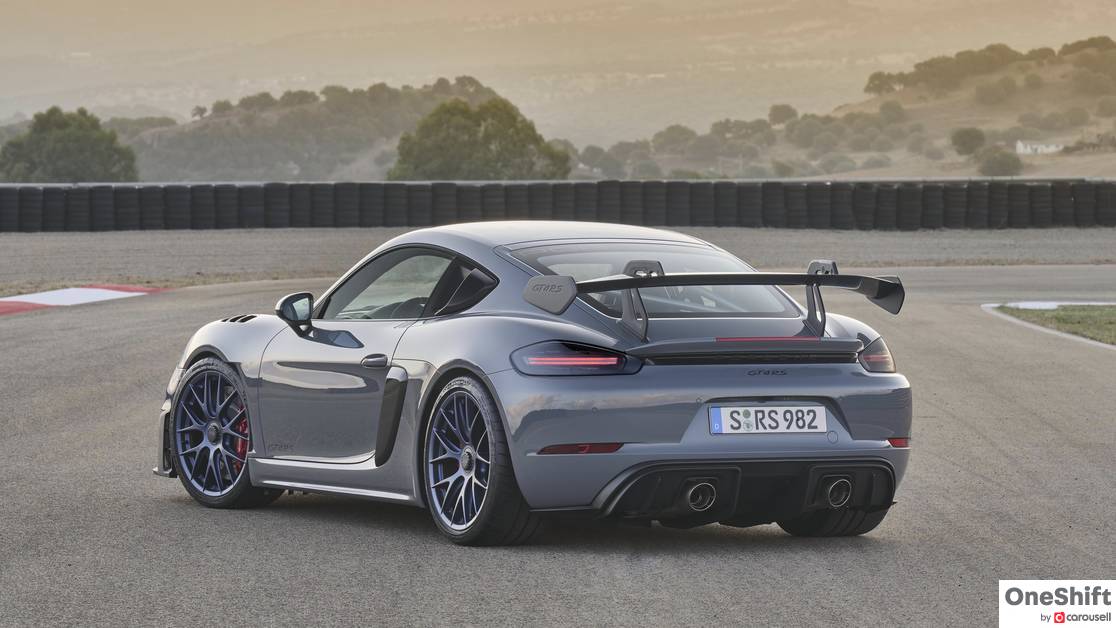
The Cayman we have all been waiting for. It comes in PDK-only, but we’re not complaining when it is in charge of dictating gears for 4 litres of naturally aspirated flat six insanity from the rear-engined 911 GT3. Now rehashed to mid-engined Cayman format, this technically places the driver nearer to its choir that sings all the way up to a mind-bending 9,000rpm. Not forgetting new induction intakes specifically replacing the rear quarter windows to generate “an emotive induction sound right next to the occupants' ears”. It weighs 35kg lesser than the “standard” PDK-equipped Cayman GT4 - significant savings by race-car standards.

Platform-sharing might not sound cool for petrolheads, but there are exceptions if we dig deep into a niche realm within Volkswagen Group. Treat the Skoda Octavia RS Combi like a stretched VW Golf GTI, or an Audi S3 Sportback with even more boot room. We cannot be certain how it will be powered when it arrives in Singapore though - other markets offer a plug-in hybrid version, alongside conventional petrol and diesel options. We’ll gamble on a petrol-only version to hit local shores in the second half of this year.
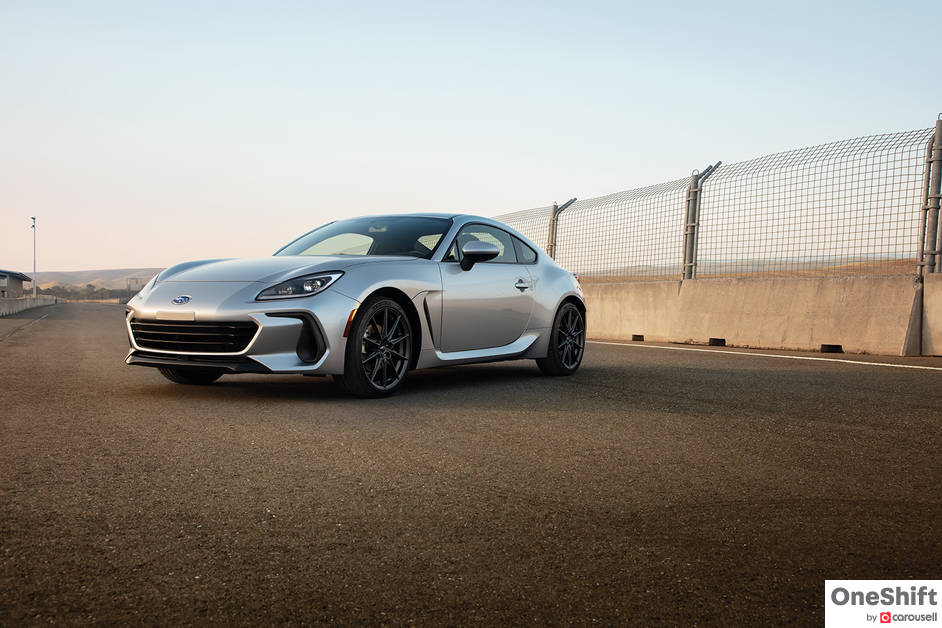
Local dealer Motor Image Enterprises has already teased us with the pricing of the second-gen BRZ, so we’d at least expect it to be the first few in this shortlist to be launched. A naturally aspirated 2.4-litre motor mated to a six-speed manual will be our pick, but we will not lodge a protest if you opt for the six-speed automatic at a SGD$10,000 premium over the stick shift. The front-engine, rear-drive sports coupe promises to rekindle your love for driving with an old-school recipe - a desire that will be challenging to fulfill ahead of the impending electric revolution.
Credits: Gerald Yuen


Get the Best Price for your used car
from 500+ dealers in 24 hours

- Convenient and Hassle-Free
- Consumer Protection
Transparent Process
With No Obligation








